Share your results
Please enter your email
Results shared!
We've sent a link to your email so you can access your results at any time.
The sit-to-stand exercise strengthens your lower body and helps you maintain or improve your mobility and balance.
.tmb-large%20card.png?sfvrsn=483108_2)
The sit-to-stand exercise strengthens your lower body and helps you prevent falls by maintaining or improving your mobility and balance.
Aim to complete the following exercises in a slow, controlled manner without using your hands to assist you.
Start by doing 5-10 repetitions. Have a rest for 1 minute, then repeat 2 or 3 times.
The sit-to-stand exercise strengthens your lower body and helps you prevent falls by maintaining or improving your mobility and balance.
Aim to complete the following exercises in a slow, controlled manner without using your hands to assist you.
Start by doing 5-10 repetitions. Have a rest for 1 minute, then repeat 2 or 3 times.
Read less...These exercises may not be suitable for you. Consult a health professional before beginning this exercise if you are unsure.
You may experience mild muscle soreness that lasts a few days after this exercise. Seek medical assistance if you feel any new or increasing pain, or if you feel dizzy, clammy, or short of breath.
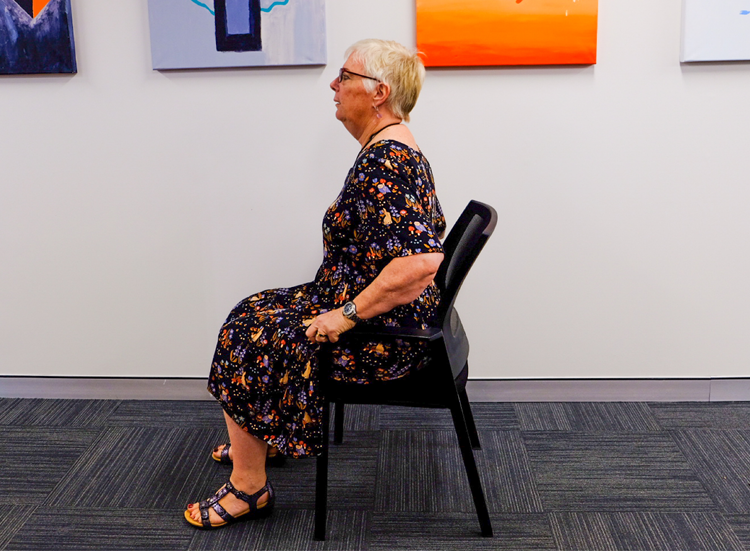
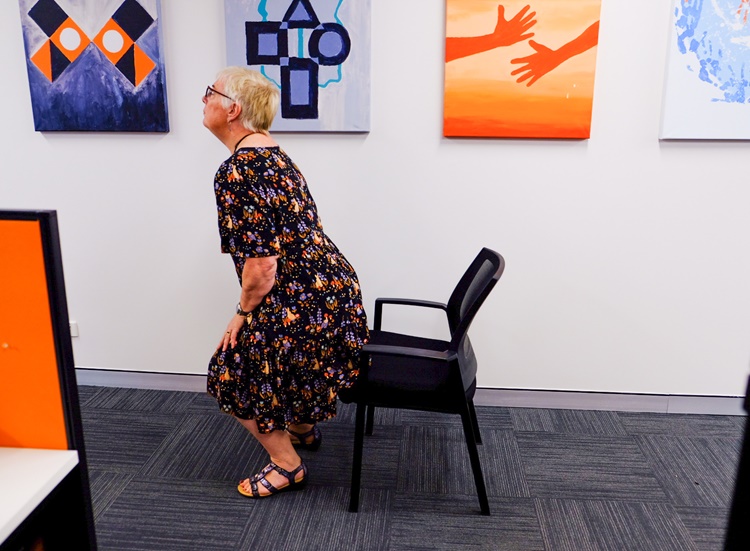
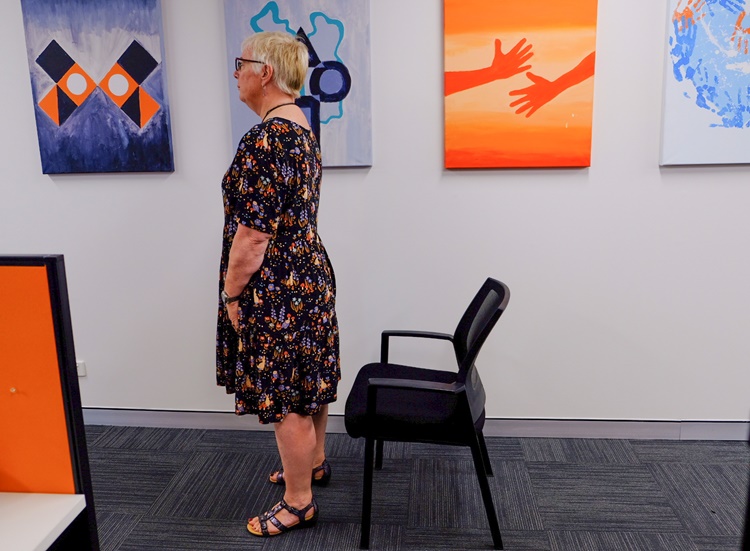
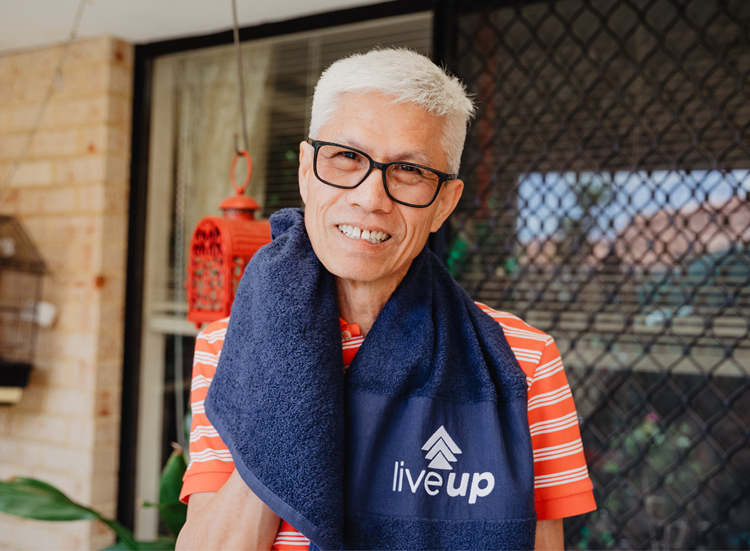
You can adjust the difficulty of this exercise depending on your fitness level.
You can make the exercise easier by:
You can adjust the difficulty of this exercise depending on your fitness level.
You can make the exercise easier by:
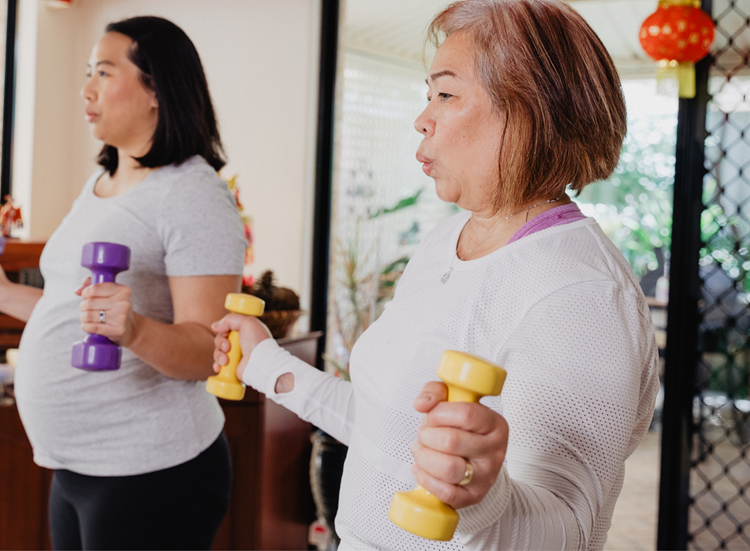
You can make this exercise more difficult by:
You can make this exercise more difficult by:
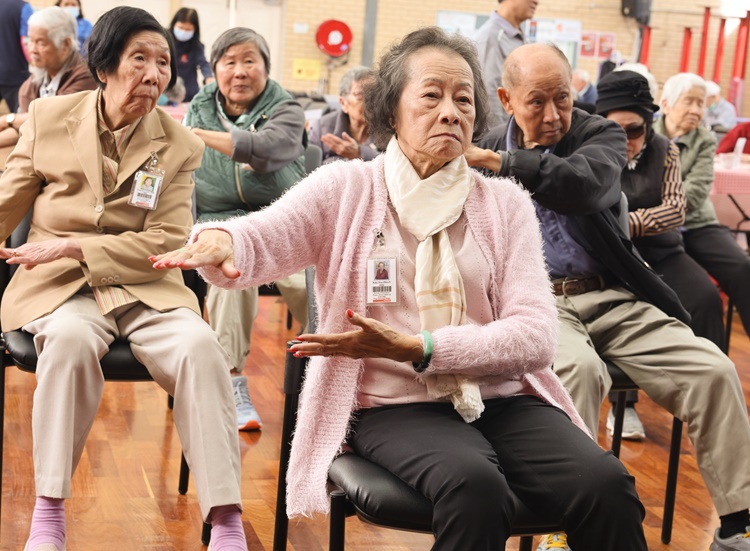
The sit-to-stand exercise is an effective way for older adults to improve strength, balance, and mobility. Over time, it can help you strengthen the muscles in your legs and hips. This can make everyday activities like standing up and walking easier. This exercise can also help you improve your posture and keep your joints flexible, reducing your risk of falls.
You can do it any time at home. You don't need fancy gym equipment, just a chair! Doing an exercise like this every day can be a cheap and easy way to support your independence. It's one simple step towards taking charge of your health as you age.
The sit-to-stand exercise is an effective way for older adults to improve strength, balance, and mobility. Over time, it can help you strengthen the muscles in your legs and hips. This can make everyday activities like standing up and walking easier. This exercise can also help you improve your posture and keep your joints flexible, reducing your risk of falls.
You can do it any time at home. You don't need fancy gym equipment, just a chair! Doing an exercise like this every day can be a cheap and easy way to support your independence. It's one simple step towards taking charge of your health as you age.
Read less...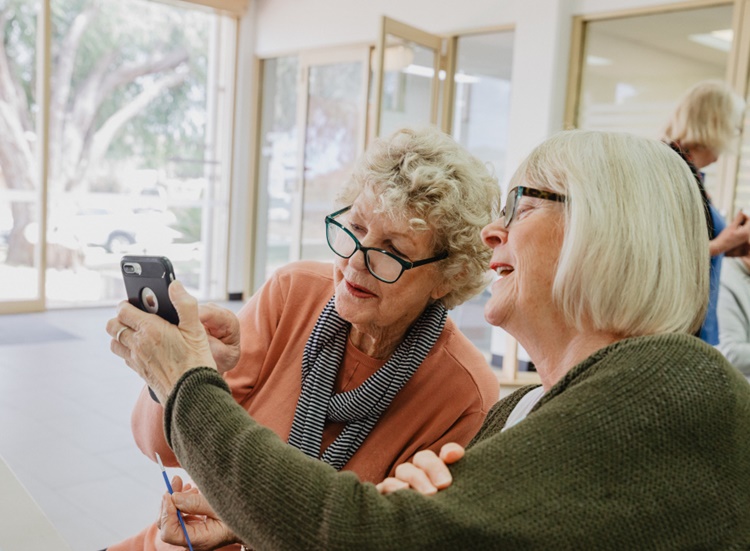
If you need more information, get in touch with one of our helpful team on 1800 951 971.
You can find more exercises to improve your strength, balance, and mobility here:
If you need more information, get in touch with one of our helpful team on 1800 951 971.
You can find more exercises to improve your strength, balance, and mobility here:
Take our easy OpenUp quiz to get personalised advice and see suggested products, services and support in your local area or online.
Let's go!